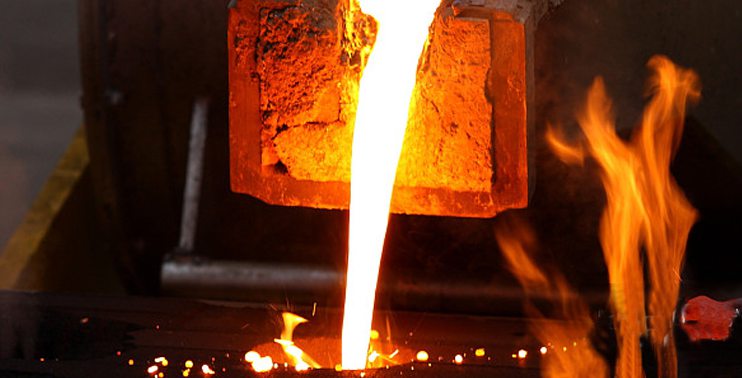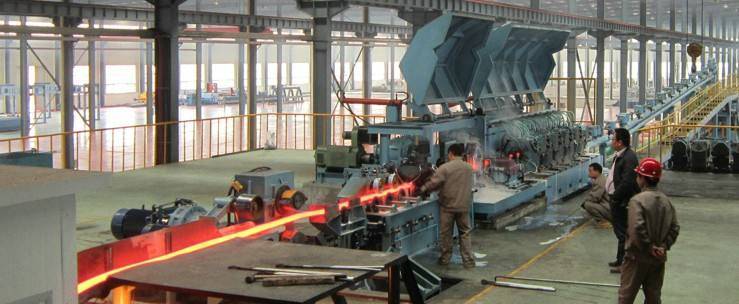Aluminum alloys are widely used in various industries due to their unique properties, such as lightweight, high strength, corrosion resistance, and good formability. In order to achieve the desired shape and properties of aluminum alloys, different processing techniques are used. The most common techniques for aluminum alloy processing are casting, extrusion, and forging.
Casting: Casting is a process that involves pouring molten aluminum alloy into a mold and allowing it to solidify. The resulting product is called a casting. Casting can be used to create complex shapes and is suitable for mass production. However, cast aluminum alloys typically have lower mechanical properties compared to those produced by other techniques.

Extrusion: Extrusion is a process that involves pushing the aluminum alloy billet through a die to create a specific shape. The process results in a product with a consistent cross-sectional shape and improved mechanical properties. Extrusion is a cost-effective process that is widely used in the production of various products, such as structural components, tubing, and profiles. This process is also called aluminum plate processing process.

Forging: Forging is a process that involves shaping the aluminum alloy billet by applying compressive forces to it. The process results in a product with improved mechanical properties, including higher strength and better fatigue resistance. Forging is commonly used to produce high-strength components for aerospace and automotive applications.
Each of these processing techniques has its own advantages and limitations. The choice of technique depends on the desired properties of the final product, the production volume, and the cost. Manufacturers need to carefully consider the trade-offs between different techniques to select the most suitable one for their specific application.
